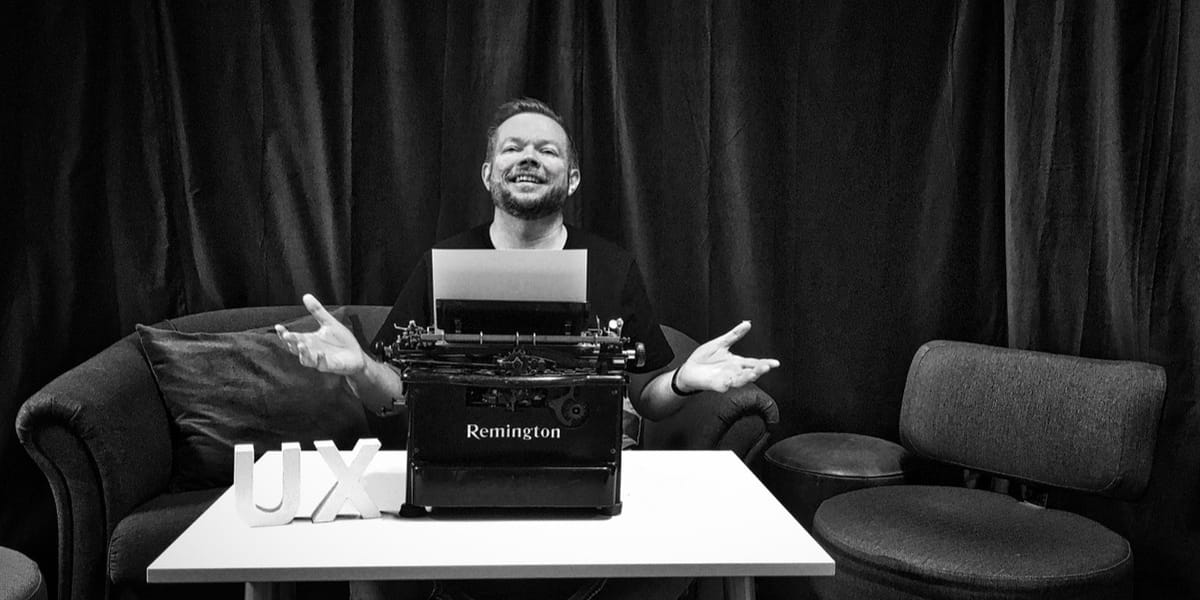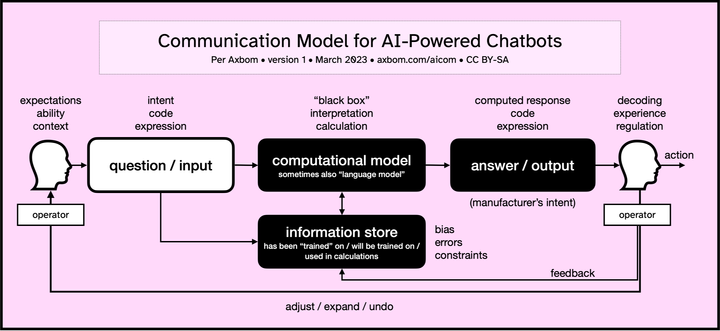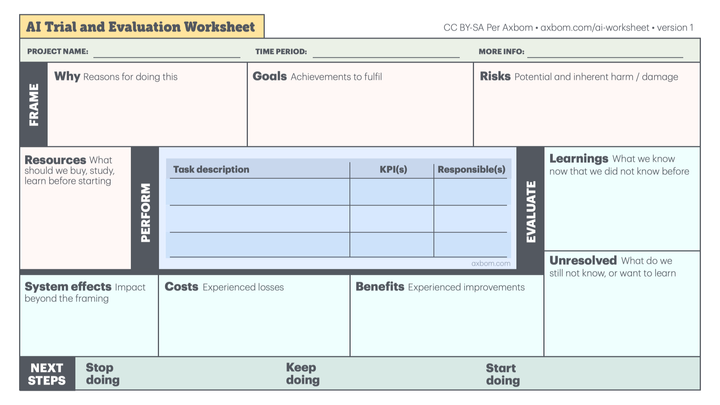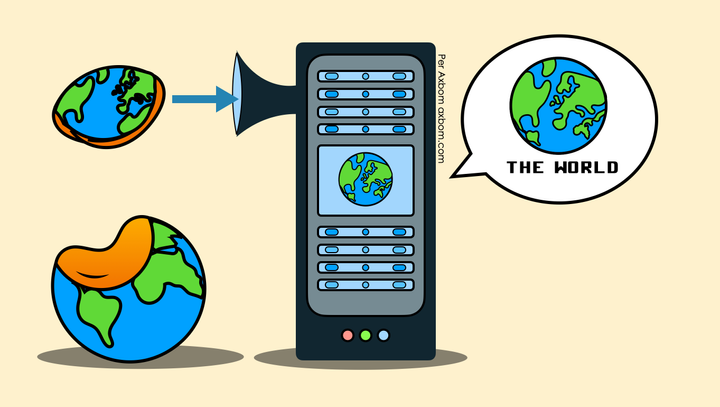Misusability update #1

Your impact on people and planet
When I tell people I am writing a book about ethics in digital design many assume that it is a book about dark patterns. While there undoubtedly will be overlap I am more interested in the negative impact even well-intended design may have on people and planet. I am less concerned with designers who are intentionally trying to deceive and more concerned with helping benevolent designers avoid creating harm unintentionally.
Unfortunately businesses and organizations today rarely make an effort to figure out what effects experienced by people and planet they may be responsible for, and can assume ownership of. This means that concern for negative impact is often lacking from the whole design process, all the way from research to launch and evaluation.
Adopting methodology used for many years in social responsibility, sustainability and charity projects I will show how impact thinking can be incorporated in design processes and organizational culture to boost the positive effects of your work. Managing impact can contribute to the longevity of organizations and provide new insights into truly human-centric design.
Design projects tend to be good at measuring immediate achievements such as conversion, task time, task success, appearance and loyalty. To a much less extent do they assess material effects on people, such as racism, misogyny, health, addiction and privacy issues.
Misusability defined
When I use the term misusability I am indeed referring to the misuse of usability. The word was coined by my brilliant book editor Jane Ruffino as she was interviewing me about why I was writing the book and my goals with it.
I kept returning to my roots, working with usability, and how important it was then to put people ahead of product. More and more I’ve felt designers drifting far away from this promise of a human-centric focus. We may be using the same methodology but we seem instead to be using it to enhance profitability and/or to push our own agenda onto others.
All of a sudden I heard her say aloud as she was writing down her interpretations of my ramblings in more coherent form:
“So the book could be called ‘Misusability: Constructive navigations in an ethical minefield ‘.”
It immediately made complete sense to me. This one word captures the essence, as well as complexity, of what I wish to convey and address in my book. The tools we use with the intent to improve ease-of-use, experience and satisfaction can in fact be misused and hurt people. Often this will even happen unknowingly.
The current subtitle – Navigating the ethical minefield of digital design – is hence also to a large extent Jane’s work. It’s important for me to write something that is not just a philosophical take on our current challenges but also a practical guide you can start using in your work when designing and building digital services; Something that can help you immediately feel better about the work you are doing.
Some of these things, and words, may of course change over the course of writing the book, but right now they provide me with a guiding star and vision of where I want to reach.
Thank you for your encouragement and remember how important it is to have someone who is willing to truly listen to your ramblings and help interpret them for you. (Hint: that’s called coaching.)
My talk at EuroIA
One week ago I was given the chance to begin communicating some of the ideas I want to convey in my book around negative impact and misusability. You can view my EuroIA presentation (recorded on my iPhone) here:
In two weeks I’ll be doing a lightning talk at UX Open. It’s a reprise of my 2015 talk about fairy tale experiences that represents a starting point for my research and work around negative impact. You can read and watch this talk in English here: The Invisible Problem with Fairy Tale Experiences.
The target group for these updates is primarily designers working with digital and who are curious about understanding and managing negative impact and misuse of power in design. If you find my e-mails useful I am deeply thankful when you share them with anyone you think would benefit from the content.
The subscribe url is axbom.com/newsletter




Comment